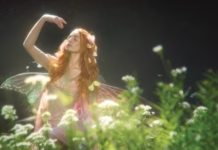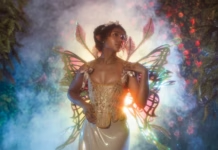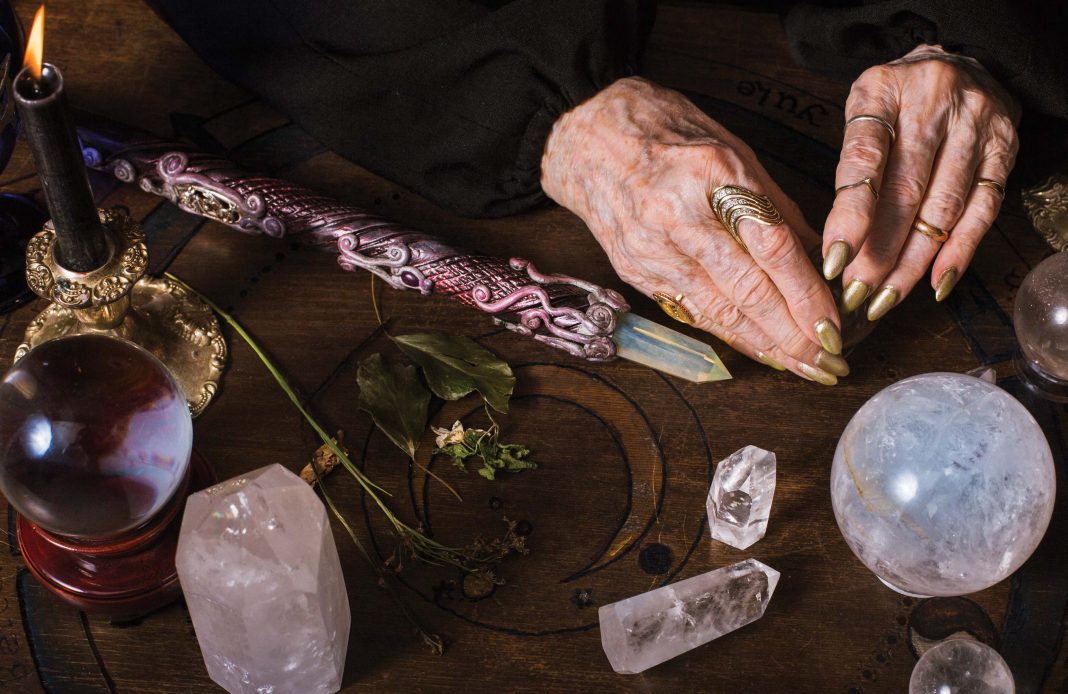Photography by Jo Chattman
Do you remember the first witchcraft book you ever owned? There is a strong likelihood it was Power of the Witch, by Laurie Cabot. That was mine, and I still own my copy in its spine-cracked purple binding. Cabot also helps me get dressed in the morning: Her Twitter account, which uses astrological aspects to advise on the best color to wear each day, has helped me overcome years of closet paralysis.
When I had a chance to write a New England magical travelogue for Faerie, of course Salem immediately came to mind. And then my spirit leaped at the opportunity to interview someone so much a part of Salem’s heart, and of witchery itself, as Laurie Cabot.
Salem became forever associated with witchcraft for a less than optimal reason: Twenty people were executed for witchcraft in 1692, with four more of the accused dying in prison as a paranoid religious hysteria swept the colonial town. Yet now, in the early 21st century, Salem throngs with witches—both residents and those on pilgrimage to soak up Salem’s magic.
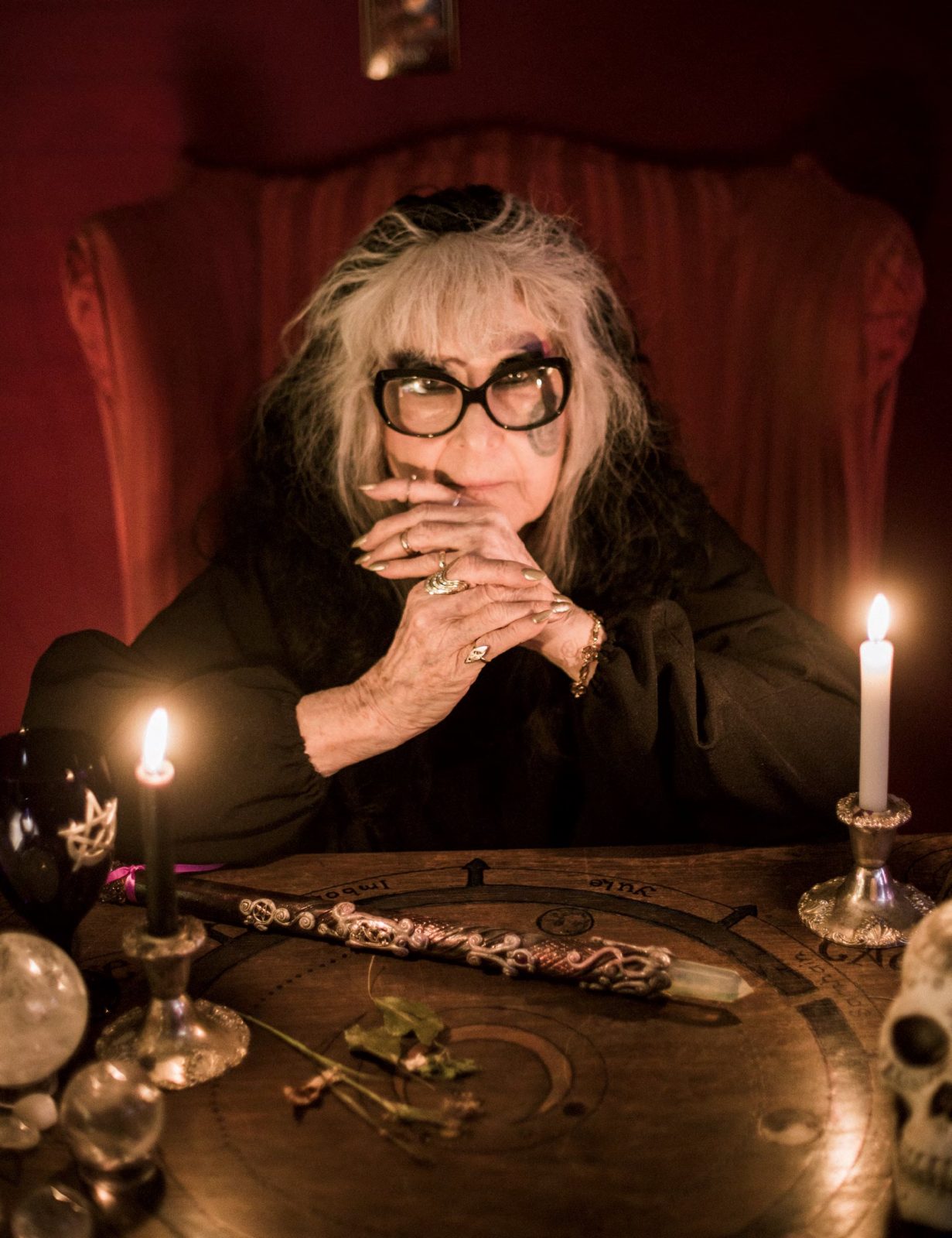
But who covered the break in continuity? How does a town with a history of violence against witches transform into a site of acceptance and reconciliation while still maintaining its air of mystery?
The individual perhaps most instrumental to the town’s transformation is the goal of my pilgrimage to Salem, for Laurie Cabot herself—the pagan author, witch, and high priestess—helped transmute this place of persecution and destruction into the witch capital it is today.
Salem has always been a draw. It is situated along the Atlantic Coast on the Massachusetts North Shore, at the mouth of what is now called the North River, where the Naumkeag people fished, traded, and camped before white colonists moved in.
It remains a seafaring town: I stay at the Clipper Ship Inn, where a wooden mermaid silhouette stretched across the reception desk assures me I’ve made the right choice for lodging. I’m keyed for exploration, ready to immerse myself in the land- and seascape—and to meet Laurie.
Essex Street in downtown Salem resembles Diagon Alley, with witch shops to the left and right of you: intense ones like Hex, upmarket ones like Haus Witch. A casual glance between buildings may reveal a class of apprentice wizards in a secluded courtyard, wands raised, practicing invocations. There is a cheesy element too—Salem is to witches what Roswell is to ETs, so there are plenty of souvenir shops hawking T-shirts with slogans like I GOT STONED IN SALEM in 17th century typescript.
The town center retains strips of its cobblestone streets. Walking on cobblestone is supposed to be good for your brain, which hopefully can help with your discernment. The challenge in Salem is in sifting the chintzy from the real. A failsafe is to get goods made in Salem whenever possible, supporting the local artisans who create handicrafts potent with the energy of this place. In general, the mind-set is magic.
Ducking in and out of the shops, I pride myself on seeming to have lost much of my materialistic desire to buy “witch crap,” already having the tools I need. But that’s before I reach Pickering Wharf, the district of shops on the water where I am to find Laurie Cabot at Enchanted, the shop where she does her readings and sells her wares. The wharf is removed from the touristy hubbub of downtown and holds tightly to Salem’s maritime heritage and ongoing life as a seaport. There, occult shops are interspersed with signs for privateers and galleries of gyotaku prints. Perhaps because of the presence of the sea, the magic seems fresher. A visit to the shop Nu Aeon, with its statues of the four archangels who guard the quarters and its Egyptian rarities, makes me realize I am as materialistic as I ever have been; it’s just knowing what one wants! To me, Pickering Wharf is where it’s at.
When I enter Enchanted, I find it elegant and rich with handmade magic. In a glass case sits the skull of a stag with seven tines, a shrine to the god Cernunnos destined for some lucky altar. A sea-witch staff with prongs on the end like a trident leans against a bookcase. A ritual besom crafted by Cabot’s daughter Penny (a solitary practitioner) floats on wires above a table burgeoning and gleaming with crystals and mineral stones.
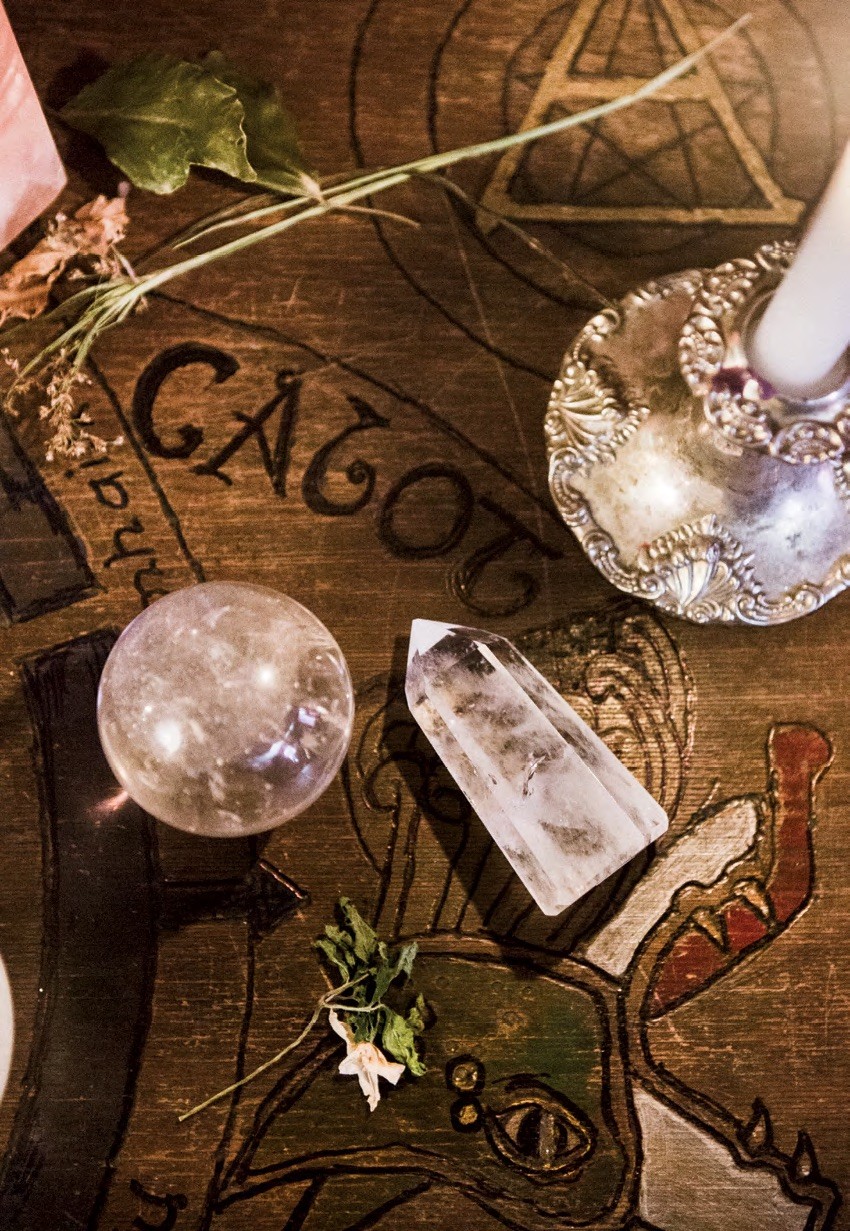
As I wait for Cabot to finish up some work in the back, I become overwhelmed with emotion as I look at all the wares on offer. At some point in my life, I realized that all the spells I ever did for myself went sideways, so I stopped doing them. I figured I was just one of those people who didn’t get any shortcuts. Not so much like Sally Owens in Practical Magic—I embrace magic and live a magical life—I just stopped doing spells. Looking at the baskets overflowing with spell kits and Cabot’s lustrous, knotted spell cords dangling from the rafters bearing invocations in her scrawly, spidery Hand of Write, I remember the feeling of optimism and racy excitement in my heart when I would gather materials for workings. I wonder, When did I lose my faith in doing magic?
It is in this emotionally heightened state that I go to meet Cabot.
Laurie Cabot is majestic. She has presence befitting her eighty-five years in this incarnation, the battles she has fought in the mundane world for the acceptance of witches, all the people she has aided as a priestess, and her experience of the Otherworld. She bears a primeval-looking blue tattoo on her cheek and another on her brow to designate her tradition and her status. She gazes at me with deep, watchful intelligence from her kohl-rimmed eyes, through a pair of spectacular Dolce & Gabbana black frames. She is clad, as always, in black robes.
It might seem odd in modern society to call a witch a cultural influencer or thought leader, but that is exactly what Cabot is. At the dawn of the 1970s she opened Salem’s first-ever out-and-proud magic store, The Witch Shoppe. Now named Crow Haven Corner and relocated to Essex Street, it is the longest operating witch shop in this witch capital. Her efforts helped Wicca to become an officially recognized religion in the U.S. She has taught courses in the craft at Salem State University (she still has her faculty library card), Wellesley, Harvard, and Oxford. Books that Cabot has authored are staples on pagan shelves all over the world. She is the founder of her own witchcraft tradition, the Cabot Kent Hermetic Tradition. In 1973, she organized the first Witches’ Ball, an ongoing annual event at Samhain (Halloween), and on the high days of the year, Cabot’s temple hosts public Sabbats at the local Moose Lodge. She is an iconic and striking figure on the streets of the town, with her flowing hair and long-sleeved black robes.
But it was not always thus in Salem that witches could be so open. When Cabot arrived in town in the late 1960s, there was indeed a Witch Museum—but, as she relates, “all it had was a diorama of the witch trials.”
Cabot had been a practicing witch since she was a teenager, but she hid it at first when she moved to Salem as a 30-year-old divorcée with two young children.

Although Cabot had always wanted to open a witch shop, she’d planned to do it in Boston. She was living in Boston’s North End when she and a friend discussed moving to a smaller community where they could rent a place together and raise their children.
“I told her, ‘I have one request,’” says Cabot. “’Not Salem, Massachusetts. I do not want to live there, for obvious reasons.’ Well, she came to me one day with a rolled-up newspaper:
‘Promise me you’ll look at this.’ And there it was: 18 Chestnut Street, Salem, Mass., where all the merchant captains built their mansions.” The listing was for the first house built on an architecturally perfect street, and it was too good to pass up.
Cabot kept a low profile as a witch until her black cat Molly Boo was treed outside her house for three nights and would not come down, with local utilities refusing to help. At wit’s end, Cabot called the local paper demanding action: “I’m a witch. That’s my familiar. I want my cat out of the tree now.” The man who answered the phone was an editor who just happened to be working that night. News trucks surrounded Cabot’s home, as well as the fire department, and her cat was out of the tree in a jiffy. “He said he never answers the phone,” marvels Cabot. One wonders if it was a critical moment, foreordained by the universe.
Finally out of the broom closet, Cabot rose to the occasion, opening her witch shop, one of the first, if not the first, in America. Over the years that followed, she has observed changes in the culture of magic and how witches are perceived. “When I opened the doors, people didn’t know what to expect. It wasn’t dark and gloomy in there. I bagged all the herbs and wrote the labels myself. I did it for an education, so people would know there are witches and this is what we actually do.
“The shop changed a lot of people’s ideas and thinking,” she says, “and it also brought witches here. There are a dozen or more shops now. If you want to come for witch items or psychic work, you can come to Salem.”
So that people would always be able to find a witch when they needed one, Cabot vowed to the Goddess to keep her hair long and unbound and to never take her robes off. “Of course I had no idea what that meant!” she says with a wry raise of her eyebrows. Nevertheless, Cabot kept and keeps her word.
Cabot quickly became a celebrity. In 1977, Governor Michael Dukakis decreed her “Salem’s Official Witch.” In 1979, a photograph of Cabot and her coven was featured in National Geographic, with a mysterious and unattributable Jupiterian blue light forking through the frame. Whether Cabot’s official title be contested or no, she has paved the way for witches in New England, going out in front of everybody else to take the heat and friction that came with being an “out” witch in a time when if you needed a pentacle, you had to have it made because there was literally nowhere to buy one.
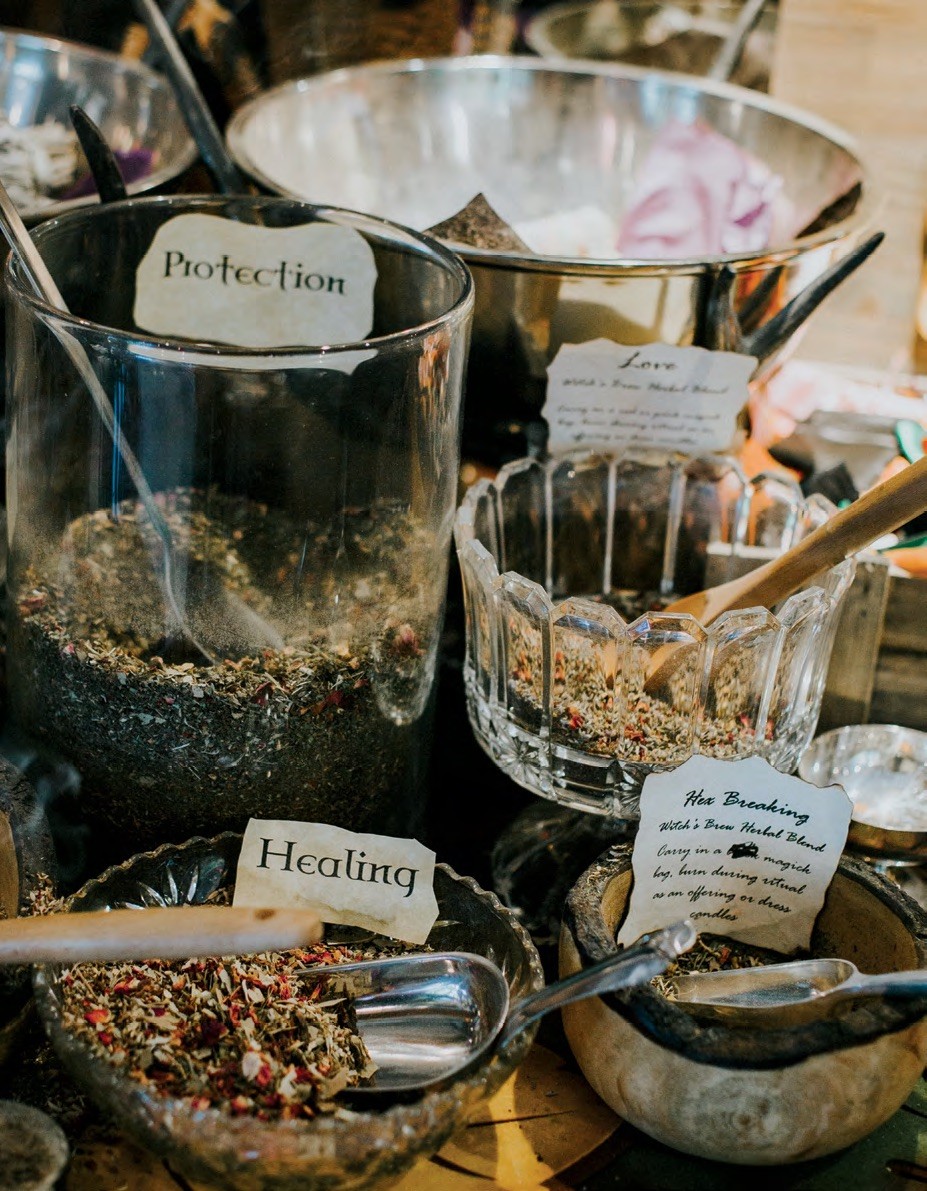
In 1986, when The Witches of Eastwick was preparing to film at the nearby Crane Estate, which served as the residence of Daryl Van Horne (Jack Nicholson) in the movie, Cabot, alarmed by the story’s portrayal of witches in league with the devil (“which we don’t have”), added “legal champion” to her set of skills. She formed the Witches’ League for Public Awareness, now called the Witches’ Civil Liberties League, and produced a law memorandum on the protection of witchcraft as a religion in the United States.
Over the decades, how witches are portrayed in media has improved in fits and starts, but the long arc bends toward justice. I ask Cabot to name some favorite, positive modern depictions of witches. “Bewitched showed magic being used everyday, which is what witches do,” she answers. She also approves of Angelina Jolie’s nuanced portrayal of a fairy sorceress in Maleficent. She encourages writers, artists, and other creators to dig deeper than received notions when looking for inspiration. “If they would do research and know their history, they’d know how we really are.”
We continue talking about fairies, as our conversation moves toward magical themes: “Most people think they have to believe in fairies or not believe in fairies,” says Cabot. “You don’t have to do either one. They’re going to exist anyway. They’re real. It’s another realm.” A vine once grew up the side of Cabot’s house at a fairy’s request (Cabot needed some greenery in her environment), and “they” once relocated Penny’s boot from the closet to an otherwise-impossible location under the bed. (“They can do anything!” Cabot says with admiration.) She makes sure that Enchanted is a hospitable place for the Sidhe, containing not just one but two fairy houses, one in the shop window, the other in the back of the store. “This store has a theme of honoring fairies,” she remarks. Cabot fills the houses with fairy furniture—“fairies can be all different sizes,” she acknowledges, “so this is a token of understanding.”
The aura of magic around Cabot is tangible and also grounded in objects. She shares with me a technique of charging a wand, and we get a crystal-tipped wand that Penny has charged to demonstrate the after-effect.
Cabot holds it poised, termination-down, above my palm, gently moving it back and forth. “You’ll feel an ice-cold air,” she says. I feel the tracery of something like breath blown over an ice cube. Then my palm gets warm. I smile with delight. Cabot advocates teaching witchcraft as a science as well as an art, with a mind for how energy works. How does she clarify the distinction? “The science is using your psychic mind, your aura and light energy,” she explains. “Light carries information. Hold a crystal in your hand. When it starts to pulse, that’s when your light packet aligns with the crystal’s light packet. Clear quartz has the most resonance.” Art, on the other hand, is “the correspondences and practices, the sympathies, what makes a magical life.” Our interview develops into a discussion of Cabot’s insights into magical law. I take notes as fast as I can write.
Some pointers: Your brain and your emotions are the catalysts for magic. “One of the hardest parts of magic is minding your words, minding your thoughts, minding your feelings,” she continues. “Our emotions either empower us or destroy us. You want to be careful what you think, and be careful what you do.”
Witches have to believe in themselves: “You can’t wish a spell!” And remember, magic is not a bargaining process: “You don’t make deals with the Universal Mind.” It is, rather, a balance of visioning and trust: “The only way to make a spell come true is to see the end result, because only the universe knows how the spell can come to be. See the end result and let the universe take over.”
Don’t forget—ever—that magic, the creative force of the world, is serious business: “You don’t want to play and pretend doing magic,” Cabot admonishes. “You want to do magic, because it will work nine out of ten times.” The Threefold Law—that any action you do returns to you three times amplified—is actual. “If you wish someone dead or harm,” she says sternly, “you might as well dig your own grave.”
My palm still glowing, I ask Cabot why she thinks Salem itself attracts so much energy, why it is such a flashpoint. “1692 was a focus on witchcraft,” she replies. “They say those tried weren’t witches, but we don’t know whether they were or weren’t. They could have been. Bridget Bishop used a lot of herbalism. But the witch trials themselves—we’re the polarity of that, the opposite of that.
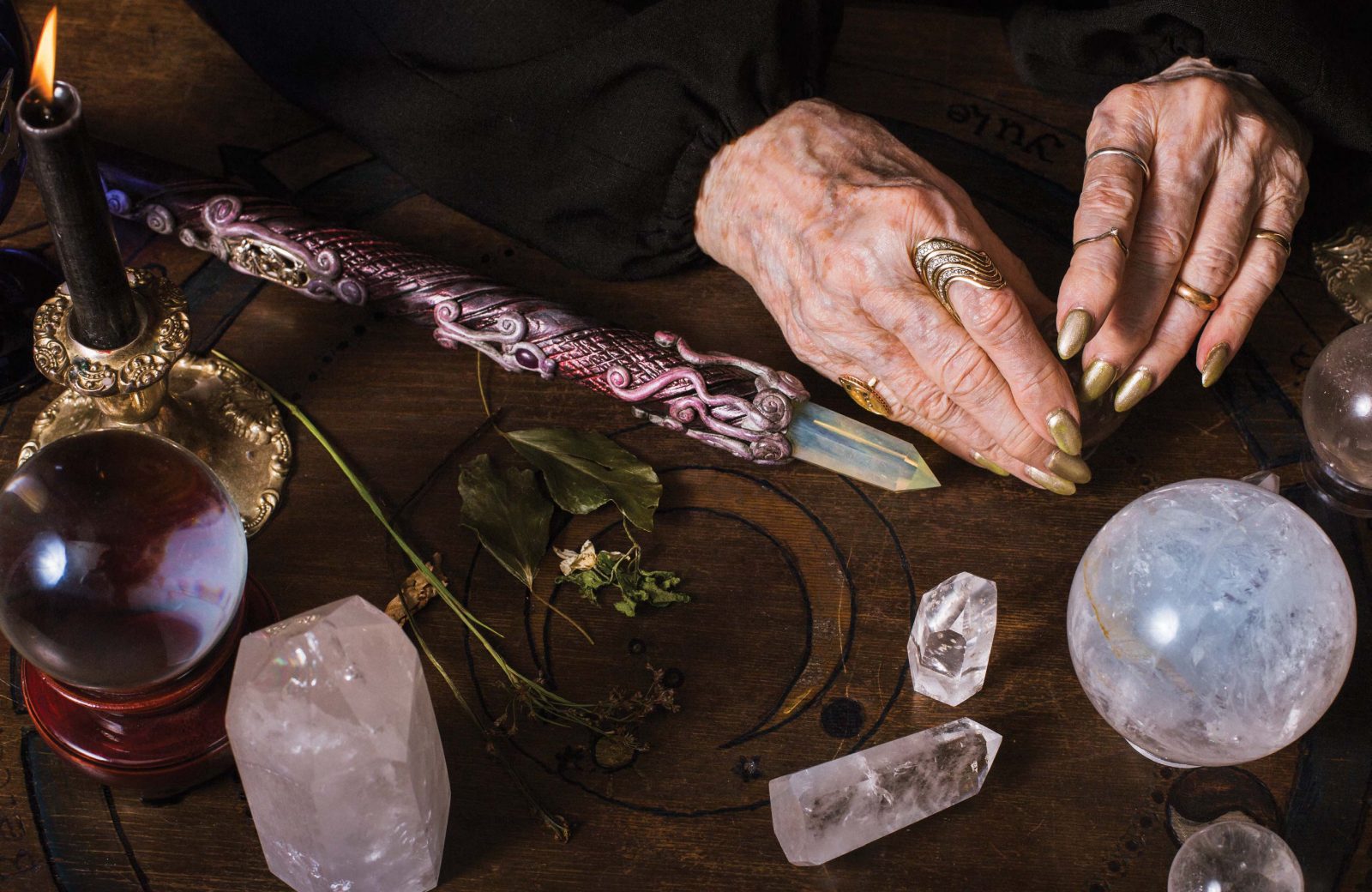
“The magic was already in this ground, but we established it,” Cabot continues. “We did a Crystal Wheel Meditation in the 1970s, putting up a huge circle, a Circle of Solace, magnetic and with huge crystals, to be over Salem. We still do a meditation to the crystal wheel every week, every Thursday at 10 o’clock at night. People all over the world come to our site and read the meditation. Anyone can go there. It’s the spirit of place, to turn the polarity around.
“I think that’s why I was drawn here. I didn’t want to come here—I had to.”
There is still some discomfort in Salem regarding the witch presence in the town. (“Two thousand years of propaganda is a lot to overcome in such a short time!” Cabot chuckles.) Cabot distributes her legal pamphlet to incoming police officers and elected officials to make sure rights are known. Meanwhile, the local witches continue to do volunteer work to improve and maintain their community. I happily do my part for the regional economy, buying a chunk of obsidian from Pyramid Books, and a sculpture of Anubis and a slouchy, hand-sewn, hippie witch hat from Enchanted.
As outlandish as it may seem to some, it makes sense that some power and fate drew Laurie Cabot to town when she was house hunting and treed her cat for three days until she broke down to call the newspaper at the exact moment that the right editor would pick up the phone. It’s as though Salem wanted to set right its own karma and transform itself from a place of religious persecution into a site that celebrates the possibilities that arise when people are free to believe and practice as they choose.
“What is the role of witches in the world today?” I ask Cabot. She answers, “People need to know that magic is real.”



